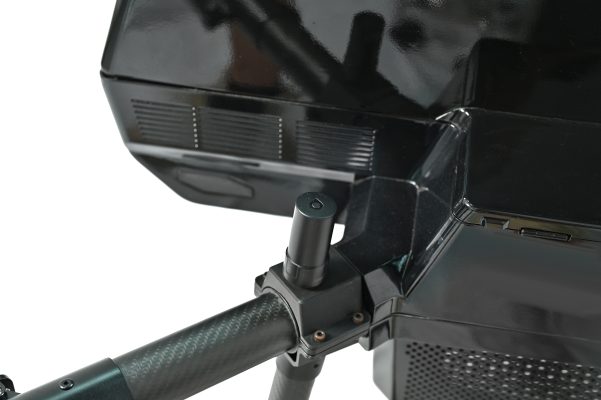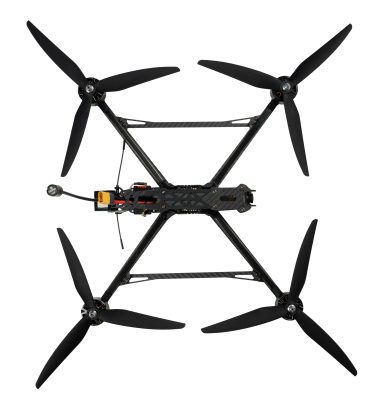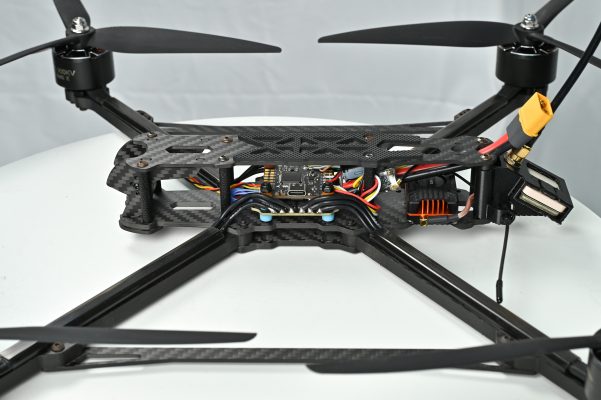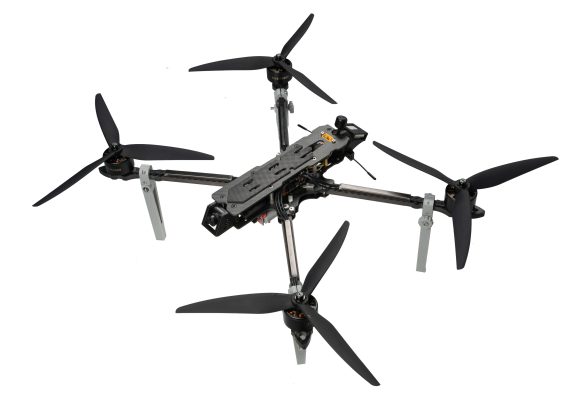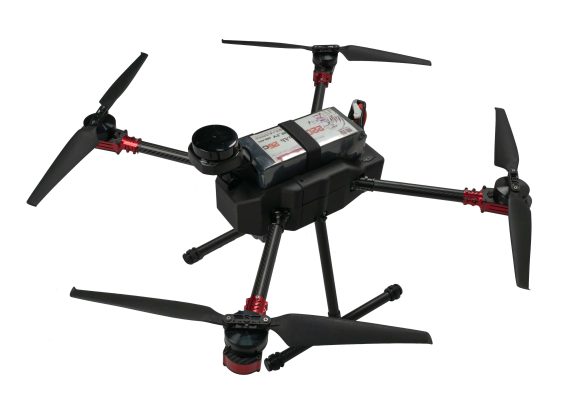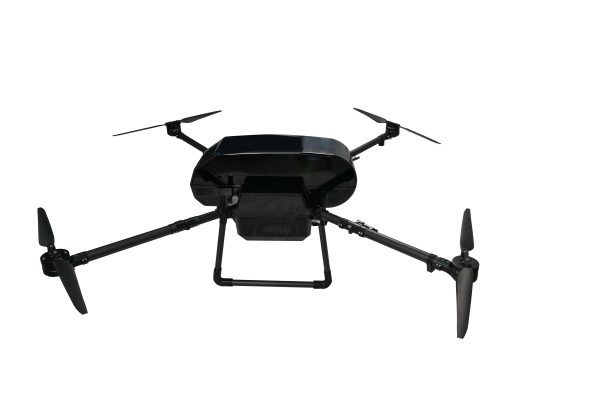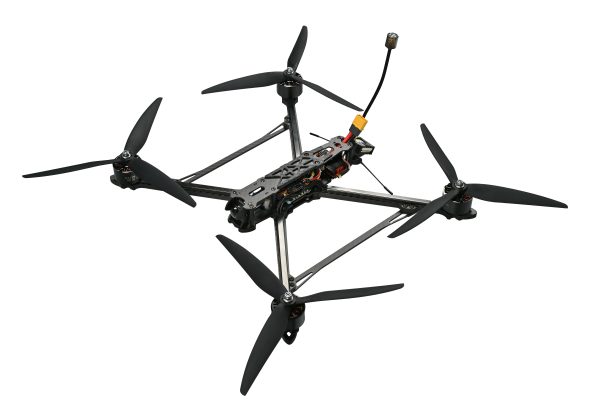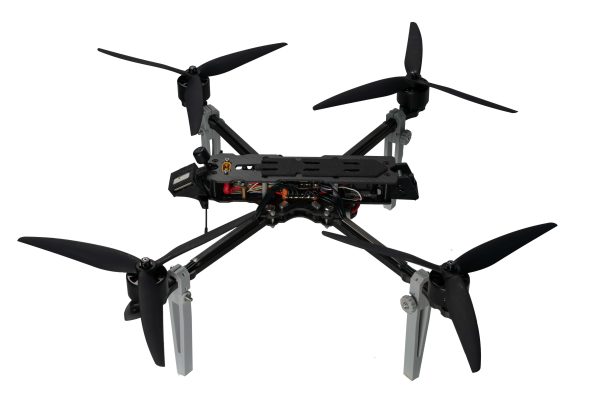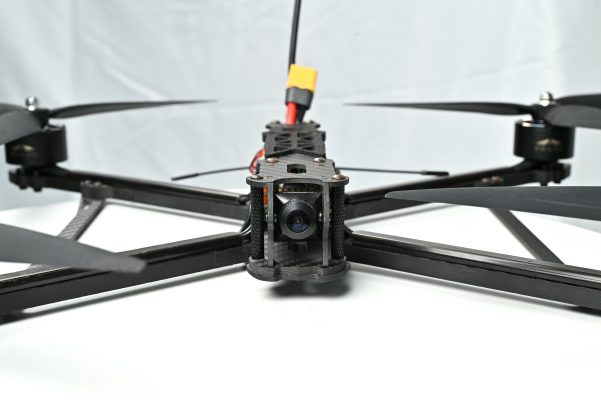😓 1. Skipping the Simulator
New pilots often dive straight into real flights. This leads to crashes, frustration, and repair costs. Always spend at least 5–10 hours in a simulator like Liftoff, Velocidrone, or FPV.Sky before taking off in the real world.
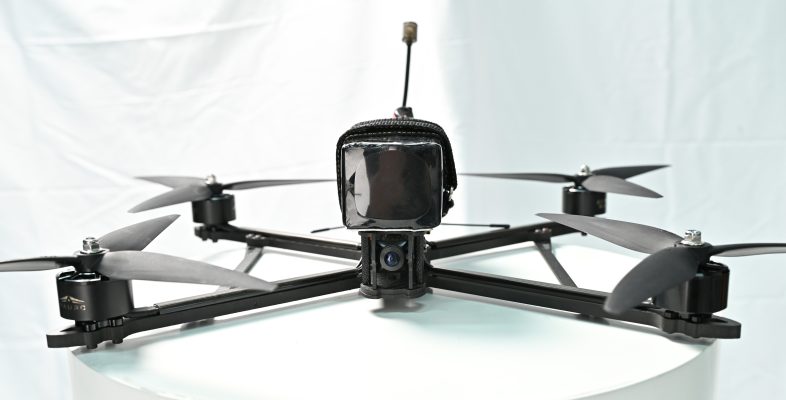
⚙️ 2. Improper Pre-Flight Checks
Flying without checking your battery voltage, failsafe setup, or propeller tightness is risky. Always follow a checklist: battery secured, correct mode armed, props firm, and flight controller calibrated.
👁️ 3. Ignoring Line of Sight
FPV doesn’t mean you should fly blindly. Maintain line of sight, especially as a beginner. It helps orient your drone, recover from disorientation, and avoid losing your quad.
📡 4. Wrong VTX or Receiver Setup
Incorrect channel, antenna placement, or loose connections lead to video dropout or control loss. Always test your VTX and receiver range before flight. Set power output to a suitable level.
⚡ 5. Overloading with Gear
Don’t carry unnecessary gear like HD cameras or heavy batteries on your first few flights. Keep it light, simple, and focused on control, not footage.
🤯 6. Flying in Unfamiliar Modes
Stick with Angle or Horizon mode until you’re confident. Acro mode is unforgiving and should be approached after you’ve mastered basic control and recovery techniques.
💥 7. Pushing Limits Too Fast
The thrill of FPV can tempt pilots to go too fast, too far, or too high. Fly conservatively. FPV is about control, not just adrenaline.



